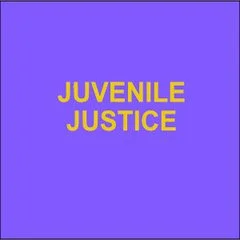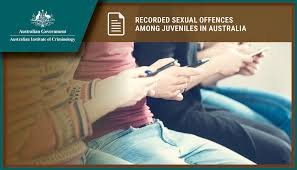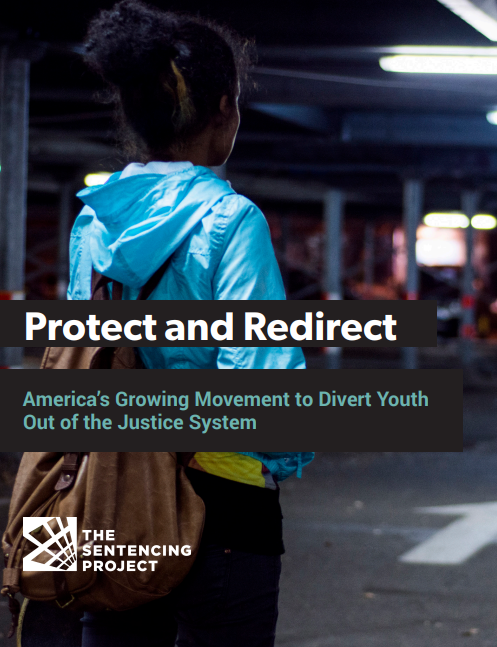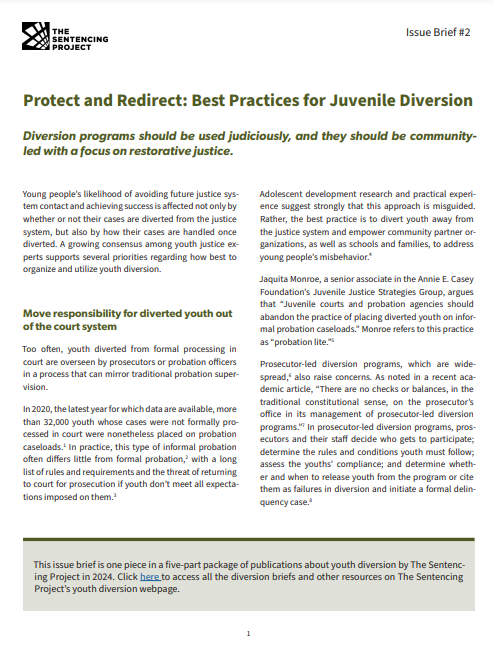By Romain Le Cour Grandmaison, Ana Paula Oliveira and Matt Herbert
Over the course of 2023 and early 2024, security has continued to deteriorate alarmingly in Haiti’s capital, Port-au-Prince, and in rural areas in the centre and south of the country.1 Criminal gangs, the main drivers of this degradation, have grown in strength and capacity, enabling them to supplant in part or in full the control of government forces.2 The gangs’ domination of critical infrastructure, such as commercial and oil port terminals, major roads, and population centres has heightened their influence over Haiti’s economy and political system. The gangs have also imposed governance on major parts of Port-au-Prince, leading both to rising criminal predation and human rights violations, including gender-based violence.3 Moreover, 2023 saw the development of particularly strong vigilante movements while the first weeks of 2024 witnessed the rise of violent political leaders, adding to an already disastrous security situation. As one United Nations (UN) report bluntly noted: ‘The situation is unravelling.’4 The Haitian crisis worsened critically in 2023. UN reports indicate that in 2023, over 4 789 people were murdered, 1 698 injured and 2 490 kidnapped, with a 2023 homicide rate of 40.9 per 100 000, more than double the 2022 rate.5 Besides these figures, the nature of the criminal actors has been profoundly transformed, posing a series of challenges to international intervention. Over the past five years, gangs have undergone a radical evolution, going from rather unstructured actors dependent on resources provided by public or private patronage to violent entrepreneurs who have been able to convert their territorial power into governance capabilities. This shift has been fuelled by the gangs’ unprecedented access to firearms and the Haitian state’s inability to halt their expansion, profession alization and propensity to impose their rule over ever larger territories, as well as by ongoing collusion by elements of the country’s political and economic elites. In October 2023, the United Nations Security Council (UNSC) adopted a resolution authorizing a non-UN multinational security support (MSS) mission to Haiti. After long negotiations, the Kenyan government agreed to lead the deployment, aimed at supporting the Haitian National Police (HNP) in addressing gang violence and re-establishing security,6 although the planned operation is currently being challenged in the Kenyan courts.7 This resolution came after the UNSC agreed a sanctions regime for Haiti in October 2022, and the subsequent imposition of sanctions on key gang leaders, businessmen and politicians. The UN sanctions have been supplemented by unilateral designations issued by Canada, the US, and the European Union (EU). Further UN sanctions were levied on gang leaders in December 2023, as the preparations accelerated for the MSS deployment.
Intervention by the UN in Haiti is not new, with the embryonic MSS mission representing the third initiative in as many decades. However, the proposed international mission stands out, both for Haiti and more broadly for international responses to organized criminal violence. Historically, the UN has become involved in Haiti in response to political crises, worsening insecurity and repeated natural disasters.8 While the 2004-2017 United Nations Stabilisation Mission in Haiti (MINUSTAH) engaged in counter-gang operations, largely in and around Port-au-Prince, this came after the force had been on the ground for several years and was generally intermittent.9 In contrast, the prospective 2024 intervention will be conducted outside the auspices of the UN and has been motivated by, and focuses on, criminal gangs as the main threat to peace and security. This reflects the substantial change in gangs’ power, structure and capacity for territorial governance since the MINUSTAH era. These entities are nowadays far more economically autonomous and territorially powerful, making them less controllable. As one Haitian entrepreneur described the contemporary evolution of the gangs: ‘We saw a lion being born, we fed it and watched it grow, we tried to domesticate it, but the animal eventually escaped from the cage, and here we are.’10 Nonetheless, the focus by the UNSC on profit-oriented criminal entities as primary conflict actors in their own right, in both the resolutions setting up the sanctions regime and the MSS mission, is a substantial conceptual shift for the UN.11 Given the growth of transnational organized crime, and expansion of instability and violence linked to such crime, situations like the present one in Haiti are likely to become more common. The UN’s current initiatives on Haiti potentially augur a new international approach to how organized crime actors can be tackled both from a security and human rights perspective. Ensuring international tools are effective in mitigating harm caused by gangs in Haiti is therefore vitally important for the people of the country, and for the international community
The situation presents an extremely difficult test. Haitian armed groups today are more militarily powerful, networked, and resilient than those during the MINUSTAH intervention. It is therefore essential that the various international tools be tailored to the rapidly evolving criminal and violence dynamics on the ground, and be implemented in a strategically coordinated fashion. Meetings between Kenyan and Haitian police teams have taken place, as well as trainings, and vetting processes prior to deployment. However, the proposed mission, the UNSC and the Haitian government have yet to present a public plan and strategy for the intervention, either for short-term engagement on the ground or for a long-term political solution.12 This policy report is intended to further efforts to tailor both the MSS mission and the sanctions regime to the current operational challenges in Haiti, support Haitian and international decision-makers in their mission, and provide strategic backing to the country’s civil society. It begins by detailing the current situation on the ground, including gangs and other violent groups’ operations, governance and territorial domination. The next section details the mandate and oper ations of the two primary international tools, the sanctions regime and the MSS mission. The third section flags key issues which need to be considered for both the sanctions regime and the interna t ional force, and presents opportunities to align the two more comprehensively, to strengthen public security responses and public policy initiatives so as to resolve the crisis. This report is the first of several planned publications on the political economy of violence in Haiti and the international cooperation that seeks to uproot it. It follows a 2022 Global Initiative Against Transnational Organized Crime (GI-TOC) report on gang evolution and a 2023 GI-TOC report on gender-based violence in the country.
Geneva, SWIT: Global Initiative Against Transnational Organized Crime, 2024. 50p.





















